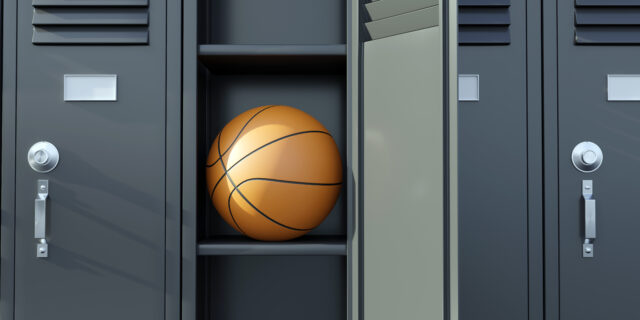The life of a student-athlete requires a delicate balance between athletic commitments and academic responsibilities. Ensuring student-athletes can excel in both areas is essential for their overall success and well-being. This article provides athletic directors with actionable steps to help student-athletes manage their time effectively and maintain this crucial balance.
1. Effective Time Management:
- Create Structured Schedules: Encourage student-athletes to develop detailed daily schedules that allocate specific blocks of time for classes, study sessions, practice, and rest.
- Provide Time Management Workshops: Organize workshops that teach time management skills, focusing on techniques such as prioritization and breaking tasks into manageable steps.
- Use Planners and Digital Tools: Recommend the use of planners or digital scheduling tools to help student-athletes keep track of their commitments and deadlines.
2. Academic Support Systems:
- Utilize Academic Resources: Ensure student-athletes are aware of and use available resources, such as tutors, study groups, and academic advisors.
- Establish Study Halls: Implement mandatory study halls where student-athletes can focus on their coursework in a structured environment.
- Promote Open Communication: Foster open lines of communication between student-athletes, professors, and academic advisors to discuss potential scheduling conflicts and academic challenges.
3. Setting Realistic Goals:
- Set Academic and Athletic Goals: Help student-athletes set realistic and achievable goals for both their academic and athletic pursuits each semester.
- Monitor Progress: Regularly review these goals with student-athletes to track progress and make necessary adjustments.
- Encourage Balanced Goal Setting: Emphasize the importance of balancing short-term and long-term goals, ensuring that neither academics nor athletics are neglected.
4. Prioritization Techniques:
- Teach Prioritization: Educate student-athletes on how to prioritize tasks based on deadlines and significance.
- Flexibility During Peak Times: Recognize that during certain periods, such as championship seasons or exam weeks, one area may require more focus than the other. Encourage flexibility and adaptive planning during these times.
5. Leveraging Technology:
- Develop Mobile Apps: Create or utilize existing mobile apps that provide a central hub for academic and athletic schedules, deadlines, and communication.
- Implement Online Learning Tools: Encourage the use of online learning platforms and tools that can help student-athletes study effectively on the go.
6. Mentorship Programs:
- Establish Mentorship Initiatives: Pair current student-athletes with alumni or senior athletes who can provide guidance on balancing academics and athletics.
- Promote Peer Support: Foster a culture of peer support where student-athletes can share tips and strategies with each other.
7. Adaptability and Flexibility:
- Encourage Flexibility: Teach student-athletes the importance of being adaptable and making adjustments to their schedules when unforeseen academic or athletic challenges arise.
- Provide Support for Unexpected Events: Offer additional academic support and resources during peak athletic seasons or after unexpected events, such as injuries.
8. Communication and Collaboration:
- Facilitate Regular Meetings: Schedule regular meetings between student-athletes, coaches, and academic advisors to discuss progress and address any concerns.
- Develop Collaboration Plans: Create collaborative plans that involve input from coaches, academic staff, and the student-athletes themselves to ensure a balanced approach.
9. Recognition and Motivation:
- Celebrate Achievements: Recognize and celebrate both academic and athletic achievements to motivate student-athletes.
- Provide Incentives: Offer incentives, such as academic awards or additional privileges, for student-athletes who excel in balancing both areas.
10. Continuous Improvement:
- Encourage Reflection: Prompt student-athletes to reflect on their experiences each semester and identify areas for improvement.
- Solicit Feedback: Gather feedback from student-athletes, coaches, and academic advisors to continuously refine support strategies.
Balancing sports and academics is a challenging yet achievable goal for student-athletes. By implementing these strategies, athletic directors can create an environment that supports the holistic development of student-athletes, ensuring they excel both on the field and in the classroom. This balanced approach not only prepares student-athletes for immediate success but also equips them with valuable life skills for their future endeavors.
Sources:




